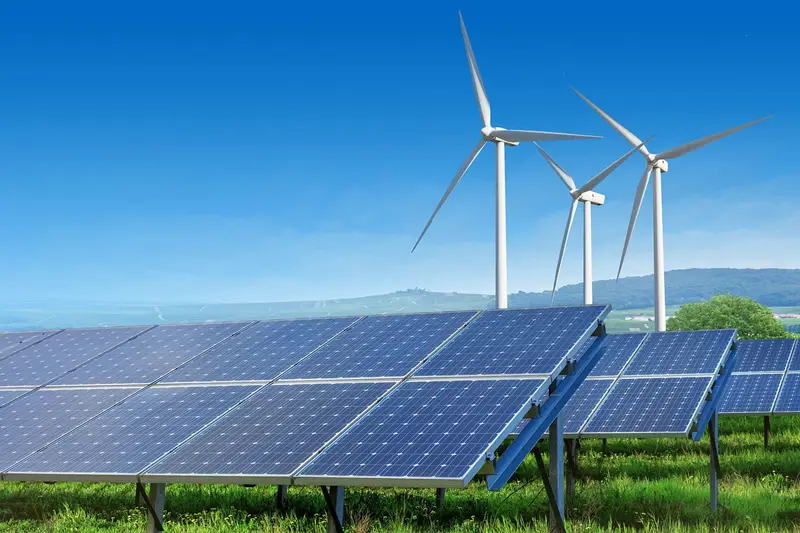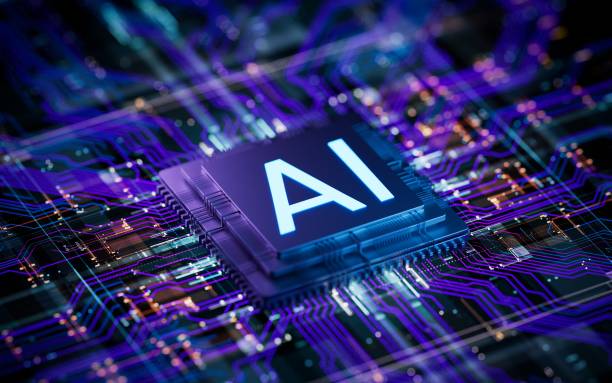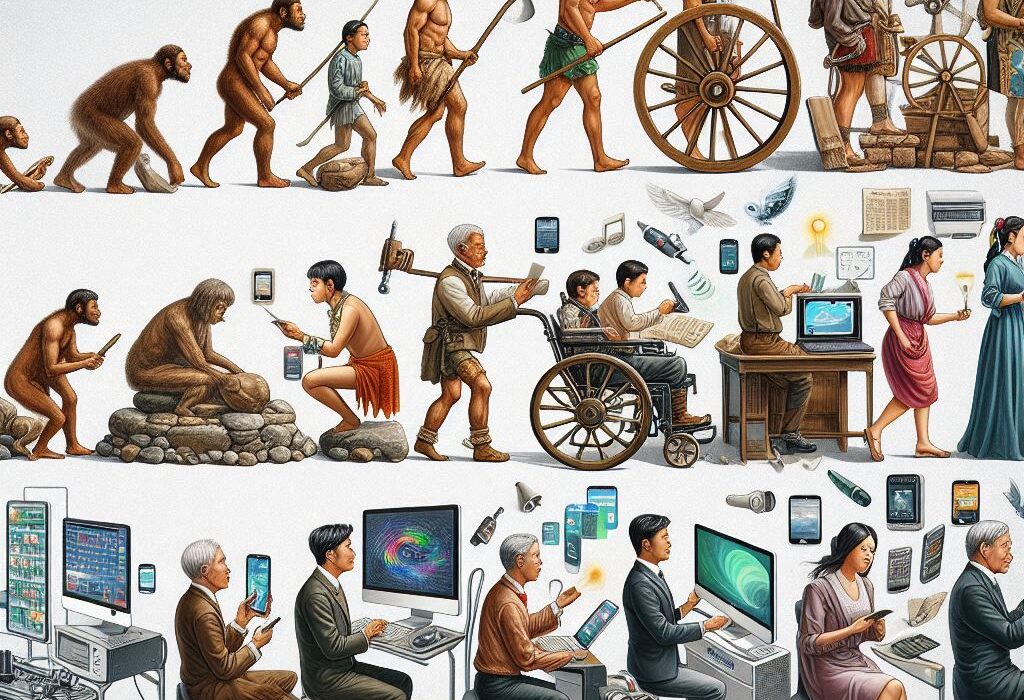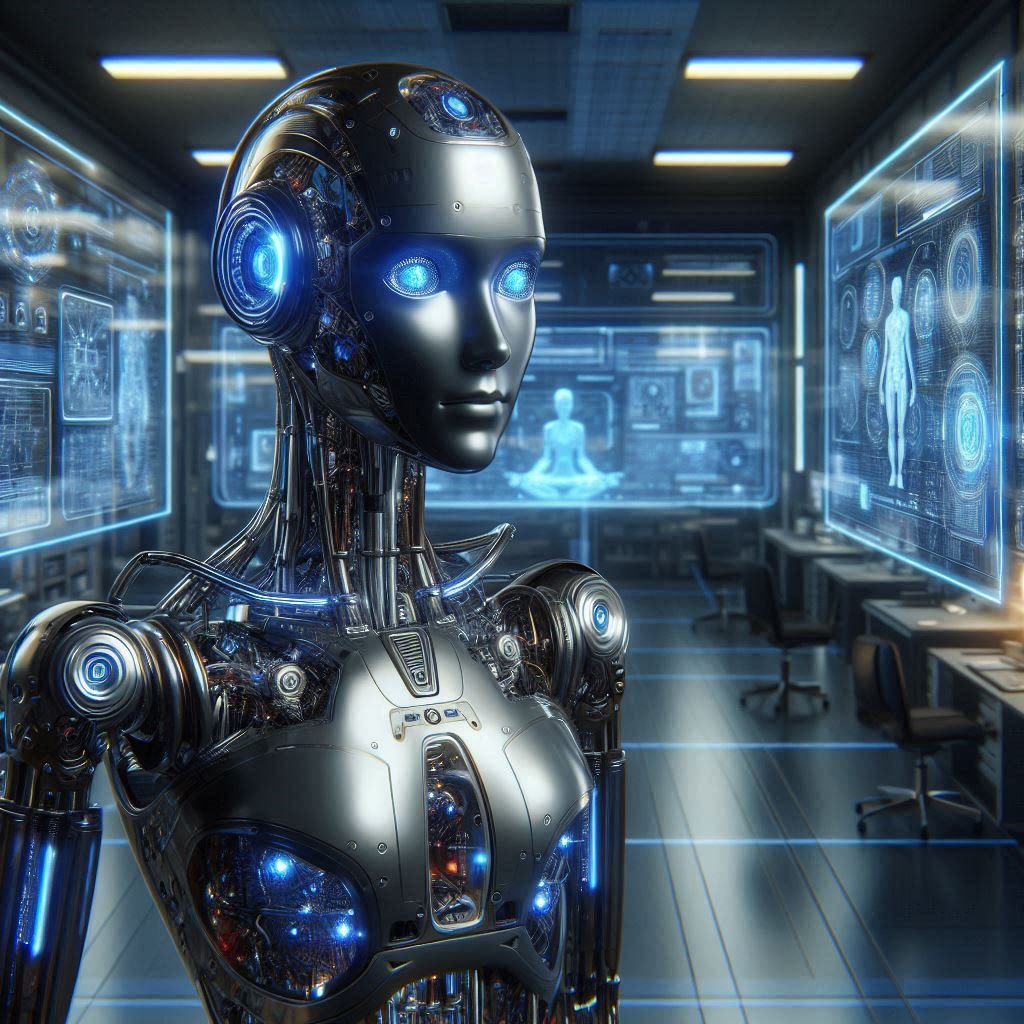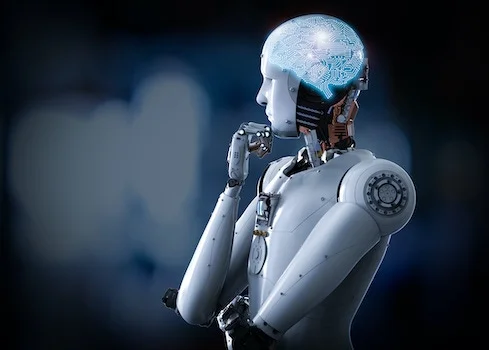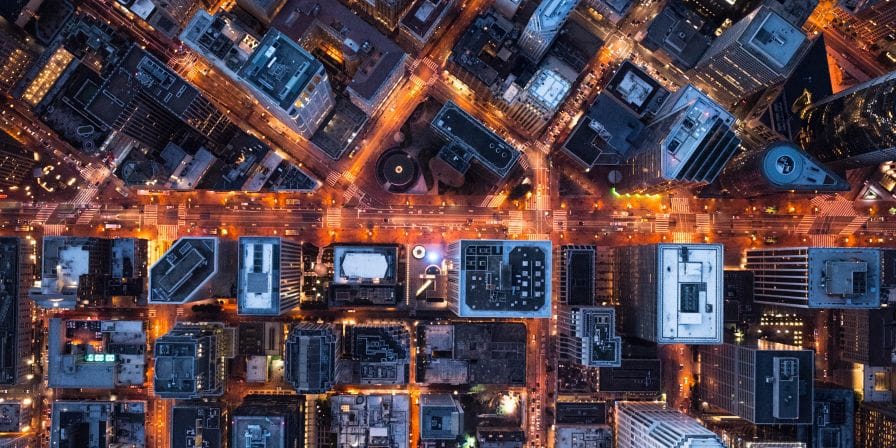Long before humanity learned to split atoms or drill for oil, the Earth itself was our only power station. For thousands of years, every spark of energy humans used came directly from renewable sources. The sun warmed our skin and grew our crops. The wind filled our sails and carried traders across oceans. Rivers turned the wheels of grain mills. Firewood, replenished by forests, cooked our meals and lit our nights. Energy was slow, seasonal, and local — tied intimately to the rhythms of nature.
Civilizations rose and fell on their ability to harness these forces. The Nile’s annual flooding provided fertile soil that fed ancient Egypt. Greek engineers built wind-powered machines as early as the first century BCE. By the Middle Ages, Europe was dotted with watermills grinding grain, sawing wood, and forging metal. These early technologies were crude compared to what we know today, but they carried a truth that modern energy systems have struggled to recapture: they worked within the planet’s natural limits.
The Industrial Revolution changed everything.
The Fossil-Fueled Turning Point
In the late 18th and early 19th centuries, coal, and later oil and natural gas, became the engines of progress. Fossil fuels were a revelation — dense, portable, and seemingly inexhaustible. A single shovel of coal contained more energy than hours of wind or water could provide. Steam engines roared to life, factories multiplied, and cities swelled.
But in the rush toward industrial power, humanity unknowingly signed a dangerous pact. The burning of fossil fuels poured vast amounts of carbon dioxide into the atmosphere, slowly altering the balance of the planet’s climate. The change was invisible at first — the skies still looked blue, the seasons still came and went — but the chemistry of the air was shifting.
For more than a century, renewable energy faded from the forefront of human ambition. Why bother with unpredictable winds or sluggish waterwheels when oil could be pumped, refined, and burned to produce instant power? The answer, of course, would come later — in the form of environmental crisis.
The First Renewable Resurgence
The oil shocks of the 1970s were a wake-up call. As political tensions disrupted fossil fuel supplies, nations realized their dependence on a finite resource was both risky and costly. Interest in solar panels, wind turbines, and geothermal systems began to grow. In the United States, President Jimmy Carter even had solar water heaters installed on the White House roof, declaring that renewable energy was the path to a secure future.
This period saw important technical breakthroughs. Photovoltaic cells, which convert sunlight directly into electricity, dropped in price as manufacturing scaled up. Wind turbines became taller and more efficient. Engineers learned to tap geothermal reservoirs deep beneath the Earth’s crust. But fossil fuels remained cheap, and when oil prices fell in the 1980s, much of the political will for renewable investment faded.
The technology was promising, but the world wasn’t ready.
The Climate Reckoning
By the late 20th century, the scientific evidence for climate change had become undeniable. Global temperatures were rising. Glaciers were retreating. Extreme weather events — floods, hurricanes, droughts — were becoming more frequent and intense. The Intergovernmental Panel on Climate Change (IPCC), established in 1988, began publishing detailed reports warning of the dangers ahead.
Renewable energy was no longer just about energy independence or economic stability. It became a moral imperative, a way to reduce greenhouse gas emissions and slow the warming of the planet. The 1997 Kyoto Protocol marked a turning point in international climate policy, setting targets for emissions reductions. While progress was uneven, the momentum was building.
The Technological Leap of the 21st Century
The 2000s brought a convergence of factors that propelled renewable energy into a new era. The cost of solar panels plunged as manufacturing boomed, especially in China. Wind turbines grew to staggering heights, with blades longer than the wingspan of a jumbo jet, capturing energy from stronger, steadier winds at higher altitudes. Advances in energy storage — particularly lithium-ion batteries — began to solve the problem of intermittency, allowing solar and wind power to be stored for use when the sun wasn’t shining and the wind wasn’t blowing.
Countries like Germany launched ambitious programs to integrate renewables into their grids. Denmark proved that wind could supply a major share of national electricity without compromising reliability. Islands in the Pacific began experimenting with microgrids powered entirely by renewables, cutting their reliance on costly imported diesel.
Meanwhile, the idea of a “smart grid” — a digitally connected, self-adjusting electricity network — began to take shape. This would allow renewable energy to be managed in real time, matching supply and demand with unprecedented precision.
The Economics of Green Power
One of the most remarkable transformations of the past two decades has been the economics of renewable energy. In the early 2000s, solar and wind were far more expensive than coal or natural gas. Today, in many parts of the world, they are the cheapest sources of new electricity generation.
This shift is not just the result of better technology. It’s the product of economies of scale, global competition, and supportive policies like feed-in tariffs and renewable portfolio standards. Large-scale solar farms in deserts and offshore wind installations now produce electricity at costs unthinkable a generation ago.
The falling price of batteries has also opened the door to mass adoption of electric vehicles (EVs), which in turn create new opportunities for renewable integration. An EV parked in a driveway is not just a means of transportation — it’s a potential storage unit for clean power, ready to feed energy back into the grid during peak demand.
The Cultural Shift Toward Sustainability
Technology alone cannot drive change. It requires public acceptance, political will, and cultural transformation. Over the past decade, renewable energy has moved from a niche concern to a mainstream aspiration. Solar panels are now a common sight on suburban rooftops. Community wind projects give local residents a stake in clean energy generation. Corporations commit to “100% renewable” targets, not just for environmental reasons but because customers and investors demand it.
Young people, inspired by movements like Fridays for Future, see renewable energy as part of a broader moral duty to protect the planet. Renewable jobs now outnumber coal jobs in many countries, offering a new kind of economic opportunity — one that aligns prosperity with environmental stewardship.
The Challenges Ahead
Despite its progress, renewable energy still faces significant hurdles. Intermittency remains a challenge, especially in regions without strong battery infrastructure. The transition away from fossil fuels also carries social and economic costs, particularly for communities whose livelihoods depend on coal, oil, or gas.
There is also the question of materials. Solar panels, wind turbines, and batteries require rare earth metals and other resources that come with their own environmental and geopolitical challenges. Mining and manufacturing must evolve to minimize harm and ensure that clean energy does not come at the expense of other ecosystems.
Grid modernization is another pressing issue. Many national grids were built for centralized fossil fuel power plants, not the decentralized and variable nature of renewables. Updating these systems requires huge investments and careful planning to ensure stability and fairness.
The Future on the Horizon
Looking ahead, the potential for renewable energy is staggering. Floating solar farms could turn reservoirs and coastal waters into clean power plants. Offshore wind could harvest vast energy from deep oceans with floating platforms. Advances in green hydrogen — produced by splitting water using renewable electricity — could provide a clean fuel for industries and transportation systems that are hard to electrify.
Artificial intelligence and advanced forecasting tools will help balance renewable supply with demand in real time. New battery chemistries, from solid-state designs to flow batteries, promise longer life and lower costs. Even the dream of space-based solar power — satellites collecting sunlight 24/7 and beaming it down to Earth — is inching closer to reality.
The future may also be more localized. Instead of massive centralized power plants, we could see millions of interconnected microgrids, each capable of operating independently in emergencies. Cities could become net producers of energy, with every building covered in solar skins and every road embedded with piezoelectric generators.
A Moral Imperative and a Shared Journey
The story of renewable energy is ultimately the story of humanity learning to live within its means without giving up the progress we’ve fought so hard to achieve. It is about shifting from an extractive relationship with the planet to a regenerative one. The stakes could not be higher: climate change threatens food security, water availability, biodiversity, and human health.
Every wind turbine that spins, every solar panel that glitters in the sun, is a vote for a future where energy no longer comes at the cost of our children’s world. Transitioning to renewables is not simply a technical problem — it is a cultural evolution, a test of whether we can align our ingenuity with our survival.
In the centuries to come, people may look back on the early 21st century as a turning point. They may see this era as the moment when humanity stood at a crossroads, with one path leading to environmental collapse and the other toward a sustainable, resilient civilization. The tools are in our hands. The choice is ours.
